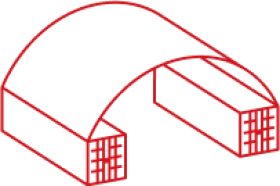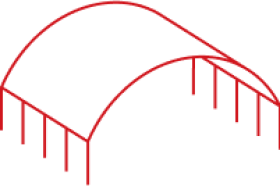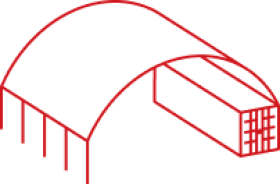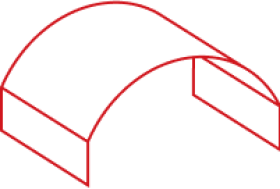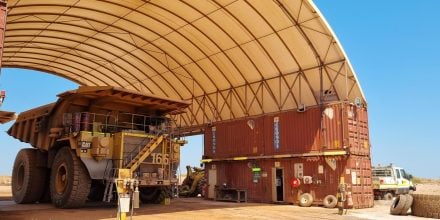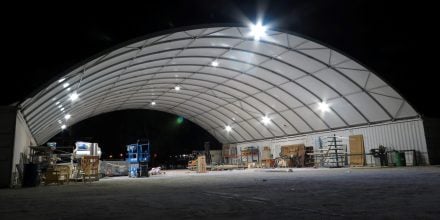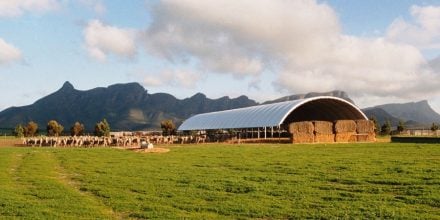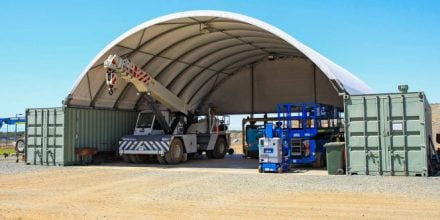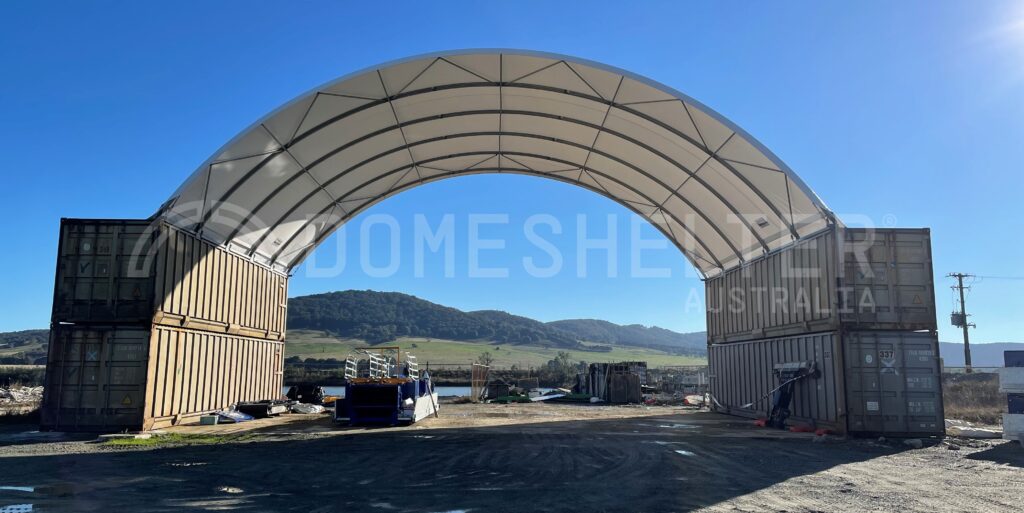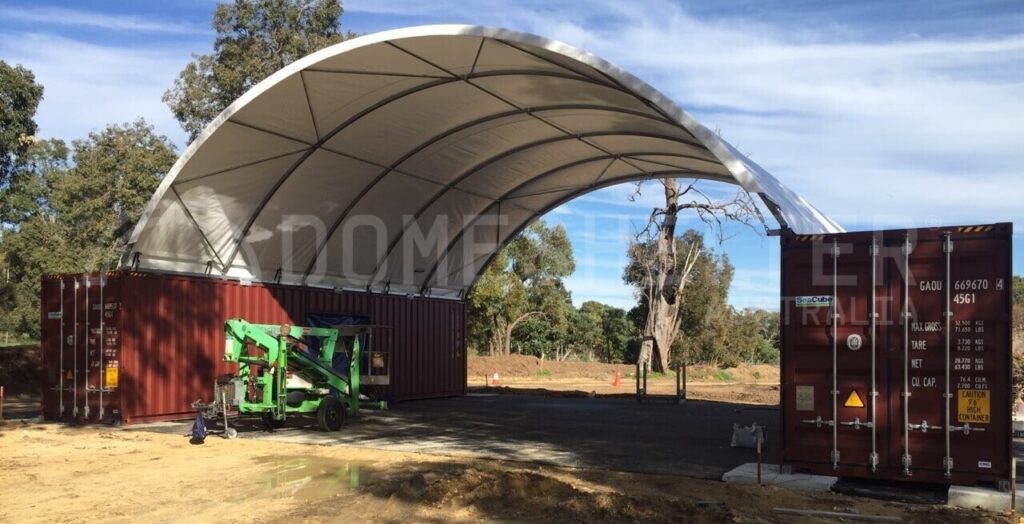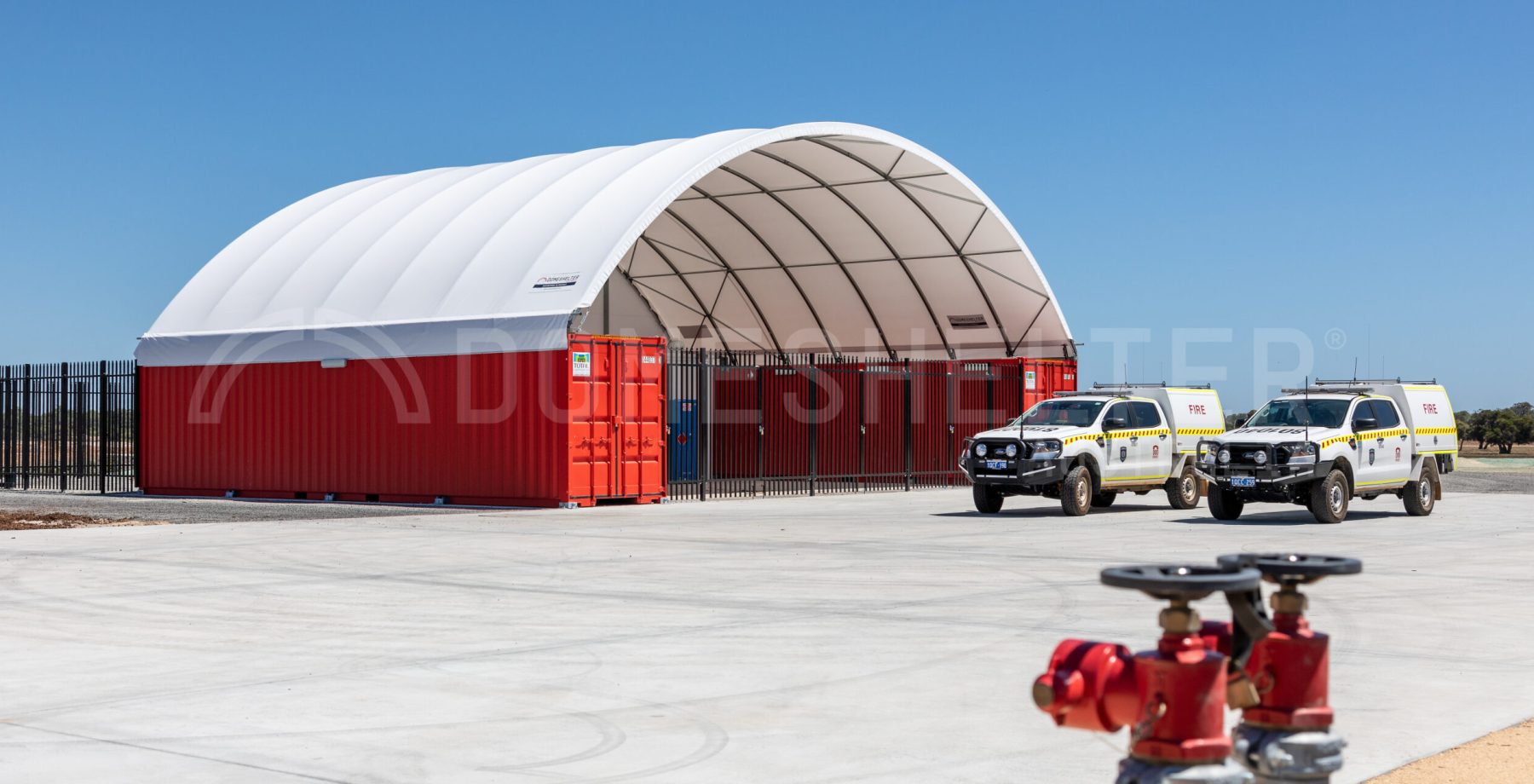
Fabric Structures are increasingly popular as an alternative to traditional building types, known for their strength and durability. One question that often comes up is whether or not they are bushfire rated.
In this article, we will explore the bushfire protection requirements for Fabric Shelters, as well as the materials and construction methods that are used to provide a level of protection against bushfire. Whether you’re considering a DomeShelter™ Structure for residential or commercial use, it’s important to be aware of the bushfire risks and what can be done to mitigate them.
What is a BAL Rating?
Bushfire Attack Level (BAL) is a rating system used in Australia to assess the level of risk of bushfire attack on a building site. The BAL is determined by the Australian Standard AS3959 and is based on factors such as the slope of the land, the type of vegetation, and the distance from the nearest bushfire-prone area.
The BAL rating is used to help determine the appropriate level of construction and materials required for a building to provide protection against bushfires.
Do Fabric Structures Need a BAL Rating?
It is important to note that not all building classes are required to have a Bushfire Attack Level (BAL) rating. The BCA uses the BAL rating system to provide bushfire protection requirements for Class 1 and 10 buildings; class 1 buildings are dwellings intended for human habitation (I.e. houses), and Class 10 buildings are ancillary buildings associated with Class 1 residential buildings (I.e. a carport attached to a house).
However, other building classes such as Class 2-9 (Commercial, Industrial, etc) are not required to have a BAL rating, as they are not considered to be at the same level of risk as class 1 and 10 buildings.
It is important to consult with your local council and the Building Code of Australia (BCA) to determine the bushfire protection requirements and BAL rating for your area.
Ultimately, BCA compliance is enforced for certain classes of buildings that Fabric Structures would typically not be included in. Fabric Structures are generally considered temporary structures and are not covered by the BCA provisions for bushfire protection.
Do DomeShelter™ Structures Have a BAL Rating?
DomeShelter™ Structures as standard would not meet BAL requirements in bushfire prone areas. For clients who require BCA compliance, they would need to engage a qualified building surveyor to consider the requirements in their region and specify what changes to materials etc they would need to meet the specifications in that area.
There are a few non-standard items that can be added to a Fabric Shelter for extra fire safety that a qualified building surveyor may suggest to increase BAL compliance. Fire walls, for example, such as concrete tilt panels, speedpanels or fyrecheck plaster walls, are designed to slow the progress of a fire and contain it in a small area. Other fire safety measures can be put in place, such as fire extinguishers, smoke alarms, and emergency exits.
Fire safety regulations can be a complex area and is highly dependent on each individual locations’ specific features and risks, which is why it is vital to consult a professional with the correct knowledge and experience. We encourage clients to engage a building surveyor to give advice on the topic of bushfire protection and BAL ratings if they are located in a bushfire prone area and are concerned about the fire safety rating of their Shelter. Building surveyors possess the correct BAL assessor accreditation, which allows them to ultimately sign off on a Certificate of BCA compliance.
